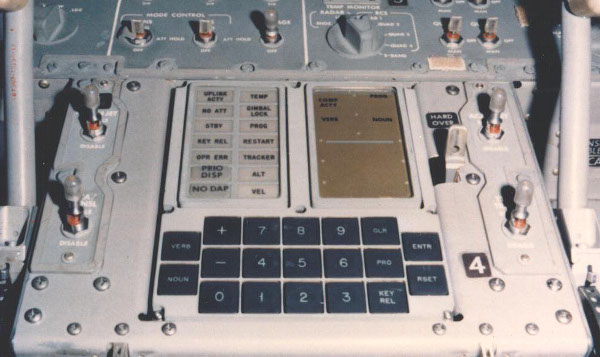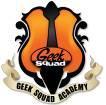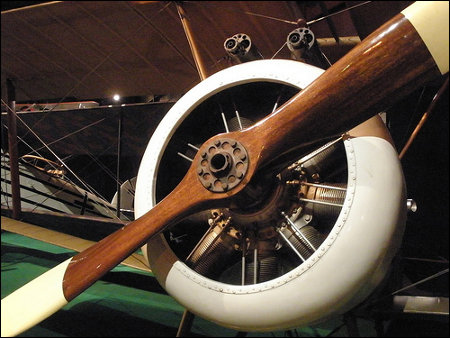
The Apollo Guidance Computer (AGC) was an amazing piece of technology for its time. At 12:16 PM EDT, on July 16th, 1969, the Apollo 11 spacecraft began its translunar injection burn to leave its 115 mile-high Earth-orbit thanks to this navigation computer.
The AGC operated at 1.024 MHz, or one-million cycles per second, to help multitask 8 jobs, all with 2 kilobytes of memory.
You can try out the AGC yourself with the simulator found at here.
Your modern smartphone likely has a CPU designed to run at 2 GHz, or a billion cycles per second, and will often have 2 gigabytes of memory.
That said, comparing it to the modern smartphone isn’t really fair considering the AGC was a specialized computer designed to perform in a high-stress environment.
The Apollo Guidance Computer helped to take a spacecraft over 225 thousand miles to the Moon. Thanks to the efforts of the early space pioneers, your smartphone now uses an orbiting network of 24 GPS satellites.
Where will your technology take you today?









 Do you know any college women interested in scicence, technology and public policy?
Do you know any college women interested in scicence, technology and public policy?
